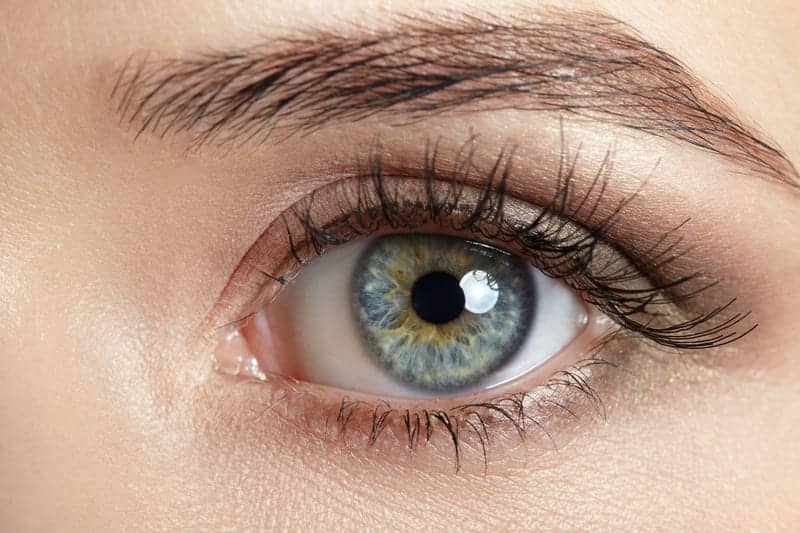Age-related macular degeneration (AMD) is a clinical risk factor for increased risk for COVID-19 infection and mortality, suggests evidence published in the Journal of Clinical Medicine.
AMD is a degenerative eye disease that affects a person’s central vision and is the most common cause of severe eyesight loss in adults over 50 years old.
Previously, AMD has been reported to confer higher risk of severe complications of SARS-CoV-2 infection, including respiratory failure and death (25%), a risk which is higher than Type 2 diabetes (21%) and obesity (13%). Considering these observations, researchers from Boston University Chobanian & Avedisian School of Medicine hypothesized that AMD and COVID-19 share common genetic risk factors and designed and executed a study that identified a novel association of the two diseases with variants in the PDGFB gene. This gene encodes a platelet derived growth factor (Pdgf) which has a role in the formation of new blood vessels and is involved in the abnormal blood vessel changes that occur in AMD. They also found that more severe COVID-19 outcomes were associated with AMD likely arising from genetic predisposition to dysfunction involving complement proteins, as well as with a higher level of Pdgf in blood serum.
“Our findings add to the body of evidence for the increased risk of infection and mortality from COVID-19 among AMD patients. Our analysis lends credence to previously reported clinical studies that found those with AMD have a higher risk for COVID-19 infection and severe disease, and that this increased risk may have a genetic basis,” explained co-corresponding author Lindsay A. Farrer, PhD, chief of biomedical genetics.
The BU research team conducted a genome-wide search for variants that are jointly associated with AMD and each of three COVID-19 outcomes (infection rate, critical illness and hospitalization) using large genetic datasets that contained tens of thousands of individuals. These datasets were previously assembled and studied separately for genetic factors contributing to the risk of AMD and for each of the COVID-19 disease outcomes. Subsequently, the researchers analyzed publicly available data from patients with AMD or COVID-19 and control groups to assess the association of variants in PDGFB with the gene activity. Finally, they employed an analytical technique that allowed them to investigate causal relationships between PDGFB gene variants, Pdgfb concentration in blood, AMD, and COVID-19 outcomes.
According to the researchers, these findings suggest that lowering PDGFB gene activity and serum PDGF concentration may reduce the severity of COVID-19, particularly among older people. “Therapeutic strategies combining anti-VEGF therapy (a current treatment for AMD that limits blood vessel growth in the eye that can harm vision) with antagonists (drugs that bind to receptors) for blocking PDGF signaling have been considered even more effective than the single VEGF treatment and are currently under investigation in clinical trials,” added co-corresponding author Manju L. Subramanian, MD, associate professor of ophthalmology.
The researchers believe this discovery of shared genetic risk factors will require a larger sample size for critical illness and hospitalizations to better understand the shared pathology and risk factors that contribute to worsening clinical outcomes in both disease states.










